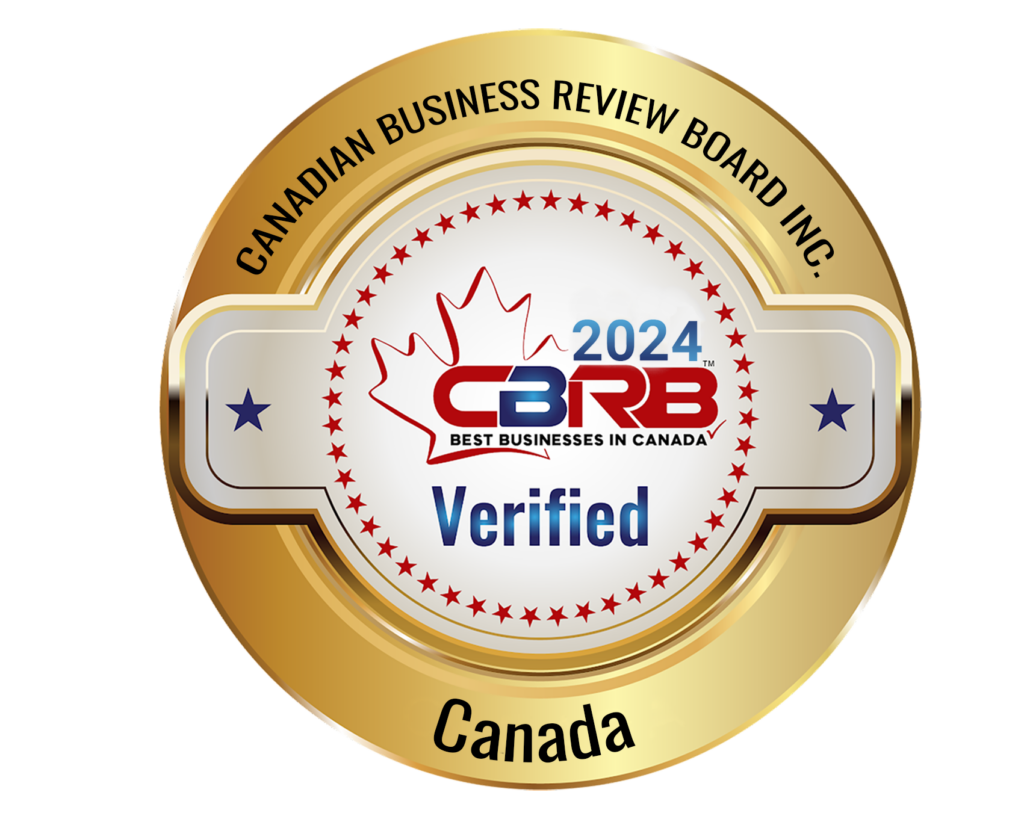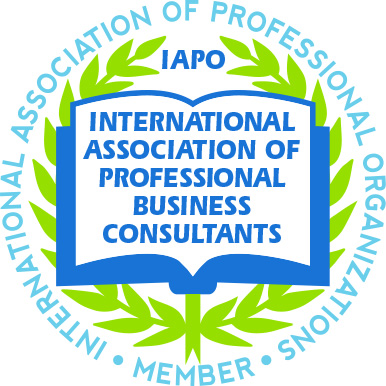“Agile Maturity” Will Assist the “Healthcare Management” Team in Accelerating Growth, Improving Quality of Care, and Bringing Indirectly More Profit
Agile is essentially a model that consists of process groups that are run in a logical order over a set period of time, known as an “iteration,” and with a feedback loop to the customer for work or solution validation. The solution can be discovered through iterations that deliver solution functions and features. As a result, agile project management is a method that uses this iterative model to define and control project work.
Agile can significantly improve your healthcare organization’s ability to succeed in today’s hyper-competitive, fast-paced, and ever-changing economy. However, it is a process, and not all businesses will go through it in the same way or at the same speed. It is critical that you implement the appropriate tools and support systems to ensure that your healthcare organization realizes the full potential of agile.
In fact , Agile Project Management provides practices and tools that hospital leaders can use to improve the quality of care and optimize hospital processes. The organization does not need to know everything about everything right away with Agile. It only needs to know where it wants to go and how it wants to get there. Agile Project Management enables your healthcare organization to hypothesize solutions, develop them, test them, make adjustments, and proceed iteratively until the desired outcome of improvement is achieved.
Agile Maturity and Healthcare Management
The Agile Maturity Model is a tool that many Healthcare Management Teams use internally to better understand their current practices and work toward improving them in order to improve their capacity to adapt to changes in the business environment and harness creativity.
What Is an Agile Maturity Assessment?
A central tenet of Agile is that we stop and evaluate how we work on a regular basis in order to improve the process. Because Agile is based on empirical evidence, we should use data to determine whether or not those efforts to improve are effective. As a result, we conduct a maturity assessment with a company to determine where they are in their Agile Transformation journey.
In other terms, an agile maturity assessment is a method of evaluating how a team’s ability to be agile improves over time.
The assessment can be administered in a variety of ways. It can be done by an objective third party, such as an agile coach, by the healthcare management team itself, or by both. By comparing results from different evaluators, the team can get a sense of their shared understanding of their agile maturity.
It is up to the team to decide what to do with the results. They would, presumably, pick one aspect of the assessment to improve on, then continue to measure at regular intervals to see the results.
During a Agile Maturity Assessment, we may consider several aspects or elements of an organization.
For example, we could look to see if the Healthcare Team has a Growth Mindset / Culture and if testing and learning are widely encouraged.
We might think about whether all members of the Healthcare Team have the resources, skills, and capabilities they need to succeed in their respective roles.
Furthermore, we may assess whether all members of the Healthcare Team have been entrusted or empowered to act autonomously in the interest of providing maximum value to their customers or stakeholders.
Which Agile Maturity Stage Is Your Healthcare Team Currently in?
Agile teams are not all created equal. We’ve defined the three stages of agile teams and provided practical advice on how to get your team to the ultimate goal of being cross-functional, self-sufficient, innovative, and proactive in its improvement.
- Survival
The process begins with a challenge and a champion. Something isn’t working properly—priorities aren’t aligned, deliveries are being missed, and customers are dissatisfied. Someone suggests that agile can be beneficial.
Help them progress to the next stage but how
- During standups and planning meetings, observe your team as a whole and each individual to determine what improvements are needed.
- What types of people make up your team?
- What roadblocks are they encountering?
- Is it their interpersonal skills or technical abilities that are preventing them from succeeding?
- Do your employees embody your company’s values? If not, which ones aren’t there?
- Are they achieving their short-term objectives? If not, are their failures consistent?
Your team will learn through experience, but with proper planning and structure, this process can be accelerated.
- Keep your team’s pipeline organized so they can focus on what matters.
- Evaluate future tasks and identify the resources needed by selecting people who will work well together on that specific task.
- Allow your team members to see their current and upcoming tasks. This assists your team in both psychological and practical preparation.
- To avoid overscheduling your team, try to plan all project resources three months in advance.
- Ascertain that your team is aware of your client’s long-term business objectives and values.
- Interruptions (such as asking your team for the location of login information) should be removed from your team’s work, and multitasking should be avoided.
- Make it a point for your team to contribute to weekly status reports. These serve as a snapshot of how your team’s projects are progressing at any given time and will include: what was accomplished and next steps, general concerns and positive outcomes, hours used, leave schedules, and sprint burndown charts. These aid in identifying and improving problematic areas of your project, as well as identifying team members’ strengths and weaknesses and planning slack time accordingly.
The most difficult part of becoming a fully agile team is transitioning from survival mode to the learning stage, as you must also overcome resistance to change. You’ll need buy-in from your company’s stakeholders – if they’re not on board with your team learning and improving efficiencies, you’ll struggle to increase slack time.
- Learning
Be ready for a plateau. It will take some time after implementing agile to reap all of the benefits. Now is the time to put money into education and training.
Stakeholders must be educated on why project delivery may be slower (due to time spent learning) so that your team’s performance is not judged using the same criteria as before.
During this stage, your team will learn how to collaborate with one another. It’s critical that they have enough time to get to know each other’s strengths and weaknesses. You should be able to get a good mix of personalities to form a high-performance team by using DISC profiling tools (dominant, influencers, steady, compliant).
It is not necessary to spend a lot of money to train your team. Pairing juniors with senior team members is a great practical way for your team to learn new skills while remaining productive. External training in the form of seminars and workshops can also be beneficial for some team members.
Improve your team’s skills by:
- They are honing their technical abilities.
- They are working on improving their communication skills with clients and teammates.
- Improving their attitude and language in order to ensure clear communication A simple shift from ‘I might be able to finish this by Friday’ to ‘I will deliver this by Friday at 2pm’ can make a significant difference.
Motivate people to learn new skills:
- Discuss their career goals and how they can improve their skills to achieve them.
- Using SMART goals, one-on-ones, and surveys, you can determine whether your team is meeting personal and professional objectives.
Your teams are humming along; now get them all to sing in harmony. Scaling agile is all about using data to enable teams, increase visibility, speed delivery and communicate quickly and in a common language.
- Cross-Functional Agile Team
Your teams are humming along; now get them all to sing in unison. Scaling agile is all about leveraging data to empower teams, increase visibility, accelerate delivery, and communicate quickly and in a common language.
One of the goals of a highly agile team is to become a cross-functional team. To be cross-functional, each team member must understand all of the areas in which their team works.
- Self-Sufficient Agile Team
Agile has now become a mindset that pervades every aspect of your organization. You are working hard to create a communicative, transparent culture that is entirely focused on the customer.
The ultimate goal of any agile team is to be self-organizing and self-sufficient, allowing for rapid and flexible responses to change. Processes are clearly defined and followed at this point. A completely agile team’s day-to-day processes include adaptive planning, evolutionary development, early delivery, and continuous improvement. Rather than being involved in the day-to-day operations of projects, team leaders can take a step back and observe the team to identify areas for improvement.
Wise Takeaway
Nowadays, Agile Project Management is more than just a concept introduced to healthcare facilities by Project Management Offices to improve the way they plan for optimal results in specific areas of work. It is now an essential skill for any professional who joins any healthcare team in order to accelerate adoption of daily changes, strategically learn from those changes, and maximize the quality of services in various areas of care. Be cautious of who you hire, prepare for the training process, and have metrics for your ideal Cross Functional and Self Sufficient Agile Team.
Inquire with us about business analysis, process and market analytics, and ways to improve growth, recognition, and profitability. We will guide you through the Stages of Agile Maturity for Healthcare Management.









